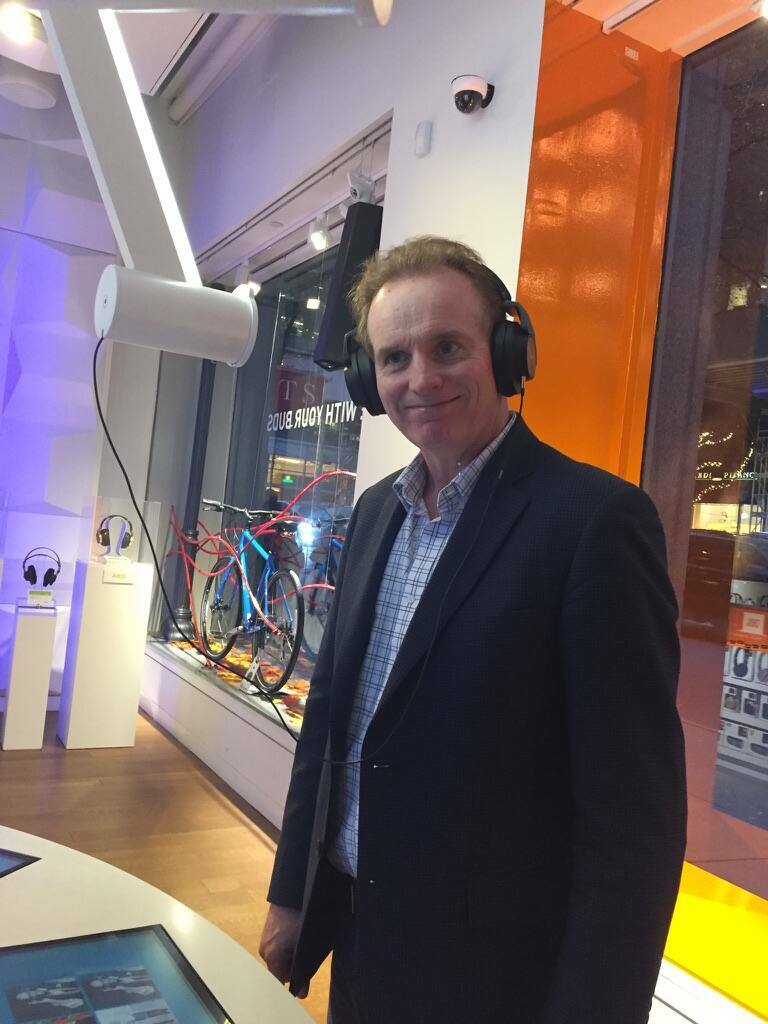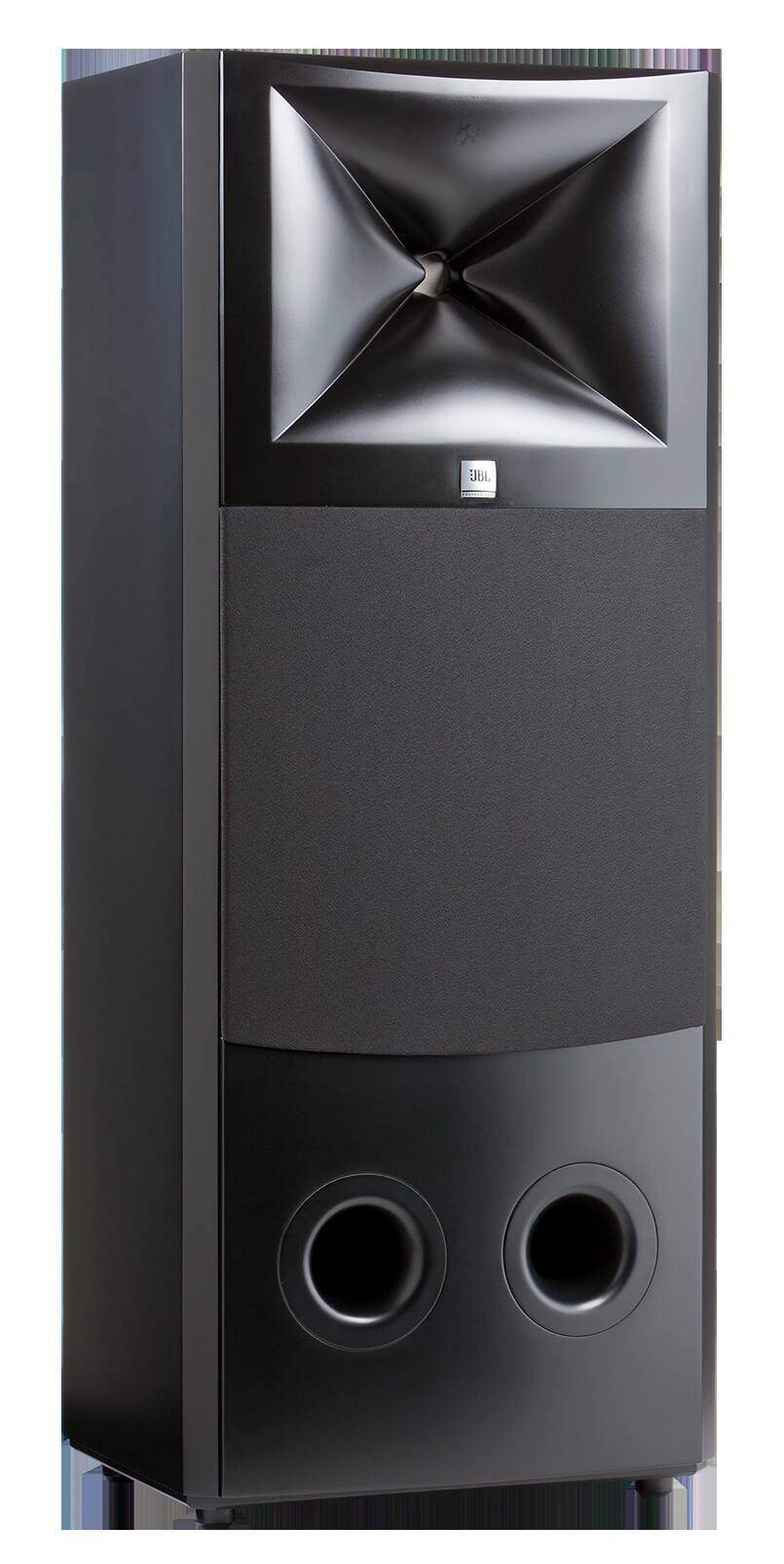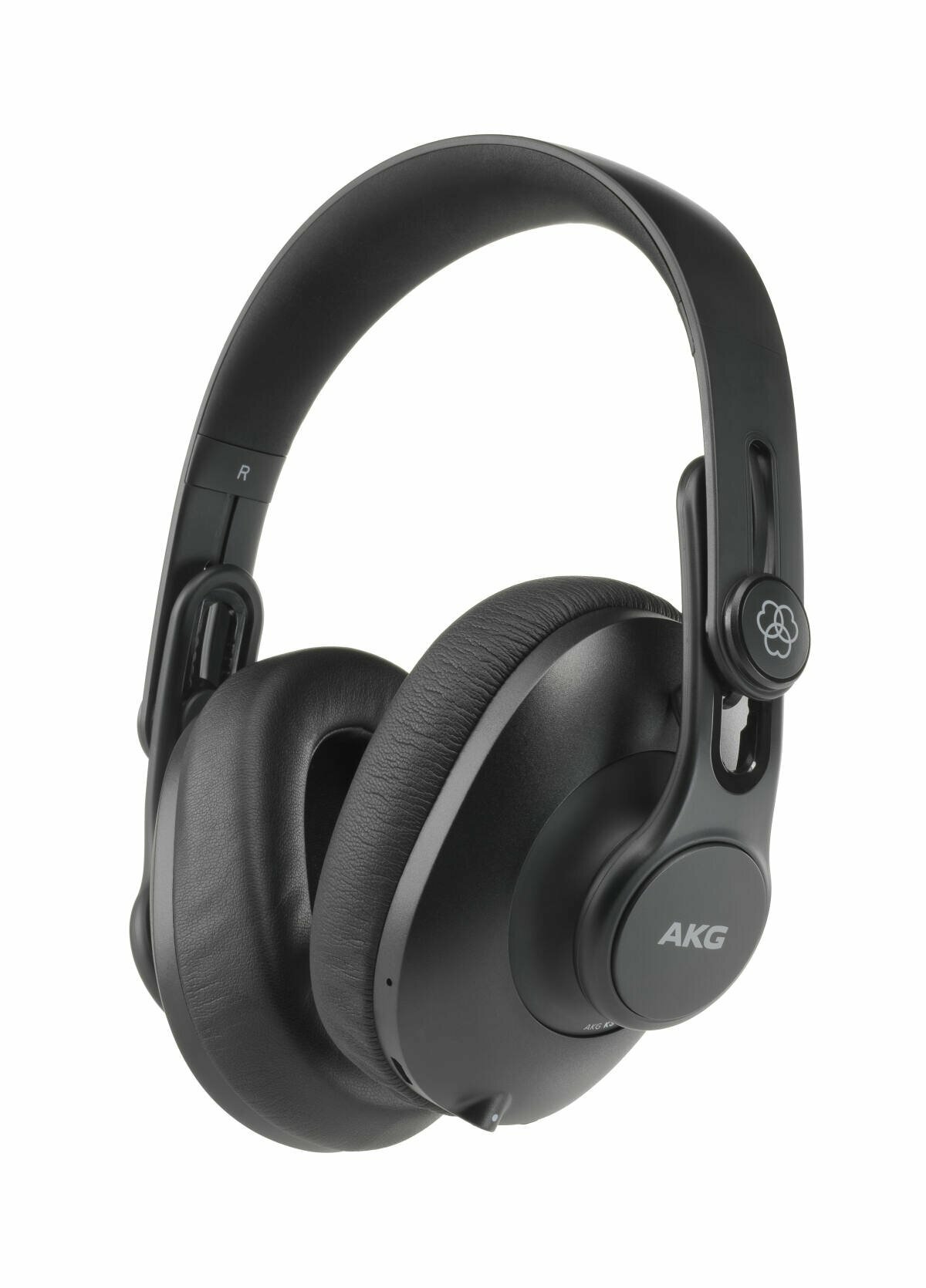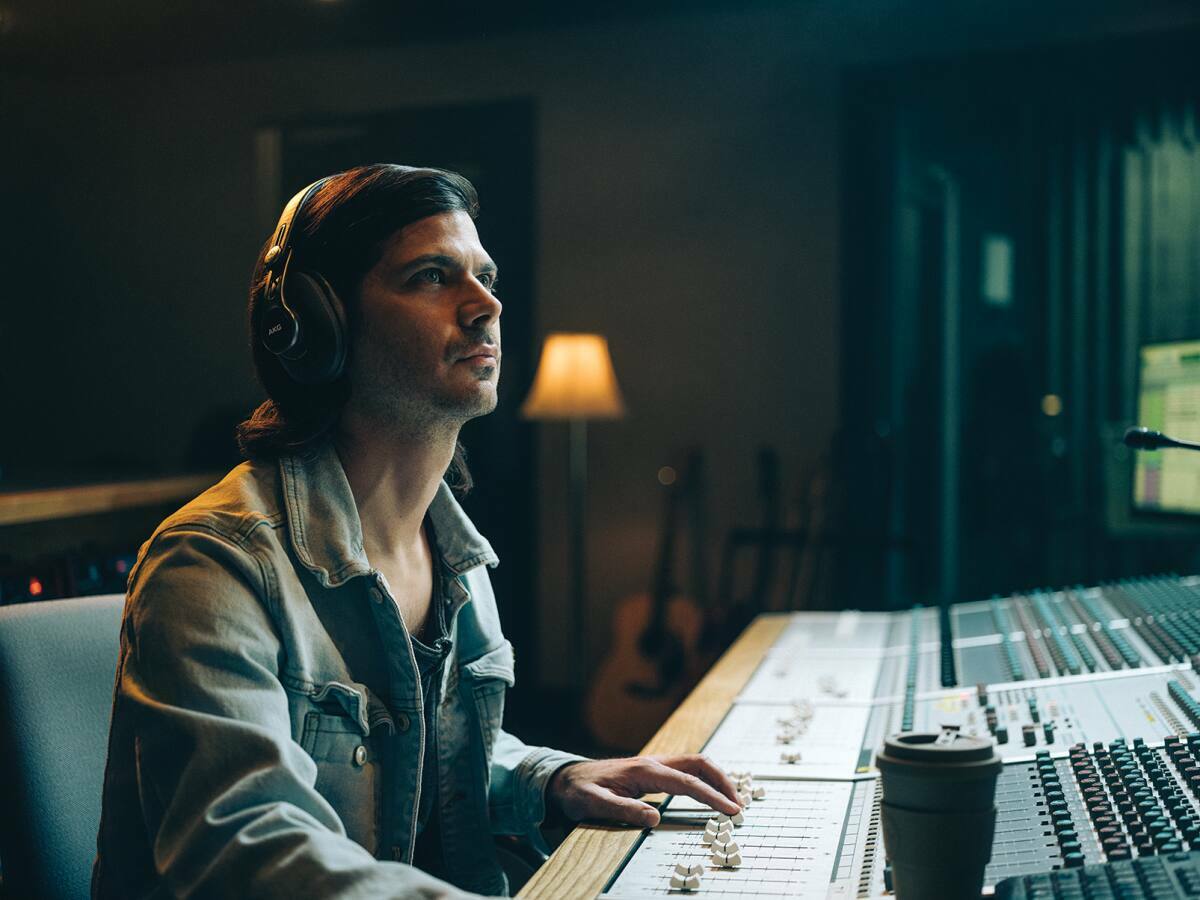Dr. Sean Olive, Senior Fellow, Acoustic Research for Harman International, has written over 50 research papers on the perception and measurement of audio for which he was awarded the AES Fellowship Award in 1996, two Publication Awards, and the best peer-reviewed paper award at AES. He was also awarded the ALMA Titanium Driver Award for scientific contributions to the loudspeaker and headphone industry and in 2019, he received the Harman External Leadership Award.
In this Everything Audio interview, he explains how the Harman Reference Curve came to be and why it matters, as well as looking at industry trends and sharing his advice for the industry.
Before we delve into your role at Harman and the specifics of what you’re working on currently, could you provide some insight into your educational background?
Like many people in this industry, I started out as a musician. I studied music at the University of Toronto, mostly focused on classical, and I had an interest in jazz. Along the way, I became interested in audio. I lived in a residence with many engineers who built their own speakers and amplifiers and that somehow led me to a degree in sound recording. I studied at McGill University and graduated as a tonmeister.
We went on a field trip during that course, and I met a guy named Dr. Floyd Toole, who is a scientist at the National Research Council in Ottawa, and he was doing these double blind listening tests where we went into his lab and listened to speakers and rated them on various scales. Then he measured them acoustically and I just fell in love with that whole idea of measuring people's perceptions and preferences.
I ended up spending seven years in his lab, and in 1991, he got recruited by Harman International, and he moved to California. A couple of years later, he hired me, I joined them and we continued doing research into loudspeakers and listener perception in 1993.
Tell us about your current role at Harman in acoustic research and development; what does that entail and what do you oversee?
My title is Senior Fellow, and I work as part of a corporate research group called Harman X. Specifically, we're in a group called intelligent audio. We do research into product development that can benefit all of our divisions, which includes consumer audio, professional audio as well as automotive audio, so it's quite a broad agenda.
Much of my research is focused on sound quality, so there's always a subjective aspect where we have to do listening tests and find out whether what we're designing actually sounds good and whether people like it.







